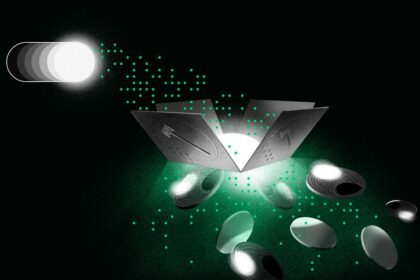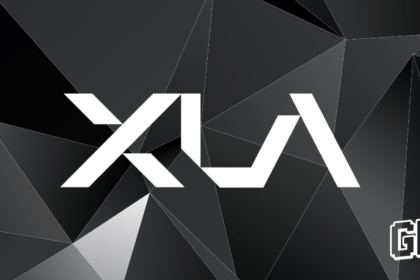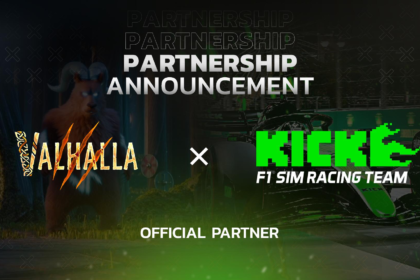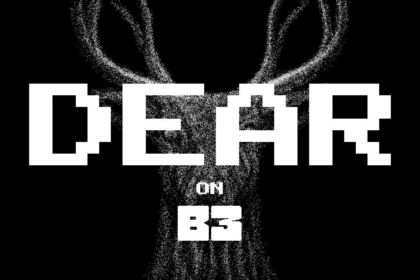Gaming has undergone a tremendous transformation over the years, and the advent of Web3 technology has opened up new frontiers in the gaming industry. Web3 gaming companies are revolutionizing the way games are played, creating immersive experiences, and empowering players like never before. In this article, we will delve into the rise of Web3 gaming companies, their advantages, impact on the industry, challenges they face, and the future they hold.
Understanding Web3 Gaming
Web3 refers to the next generation of the internet, characterized by decentralized and peer-to-peer networks. It encompasses blockchain technology, decentralized finance (DeFi), and digital assets. Web3 gaming takes advantage of these technologies to create a gaming ecosystem that provides ownership, control, and unique experiences to players.
Blockchain Gaming Explained
Web3 gaming leverages blockchain technology to enable true ownership of in-game assets. Instead of game items being controlled by centralized entities, players have full control and ownership over their virtual possessions. These assets are stored on the blockchain, making them secure and transferable across different games and platforms.
Advantages of Web3 Gaming
- Ownership and Control: Web3 gaming allows players to truly own their in-game assets. This means that players have the freedom to buy, sell, and trade their virtual items as they wish, without restrictions imposed by game developers or publishers.
- Interoperability and Cross-Game Assets: Web3 gaming enables interoperability between different games and platforms. Players can use their assets across multiple games, creating a seamless gaming experience. For example, a sword earned in one game can be utilized in another game without losing its value or functionality.
- Enhanced Gaming Experience: Web3 gaming introduces new gameplay mechanics and economic systems. Players can earn rewards for their achievements in the form of digital currencies or unique items. This incentivizes exploration, collaboration, and competition within the gaming community.
Web3 Gaming Companies Leading the Revolution
Several pioneering companies are at the forefront of the Web3 gaming revolution, driving innovation and pushing the boundaries of what gaming can be. Let’s explore three notable examples:
- Company 1: Company 1 has developed a blockchain-based gaming platform that allows players to trade and own virtual assets securely. Their platform supports a wide range of games, offering players a diverse gaming experience with true ownership.
- Company 2: Company 2 focuses on building decentralized virtual worlds where players can interact, create, and trade virtual assets. They aim to provide players with a sandbox environment where their creativity and ownership thrive.
- Company 3: Company 3 combines blockchain technology with augmented reality (AR) to create immersive gaming experiences. They aim to bridge the gap between the physical and virtual worlds, allowing players to engage with the game environment in unique ways.
Impact on the Gaming Industry
Web3 gaming is transforming the gaming industry in several ways:
- Democratization of Gaming: Web3 gaming breaks down barriers and allows anyone to participate in the gaming economy. Players from all over the world can access games, trade assets, and earn rewards, irrespective of their geographical location or socioeconomic background.
- Economic Opportunities for Players: Web3 gaming introduces new economic models where players can earn real-world value from their in-game achievements. Players can monetize their skills, sell rare items, and even participate in decentralized autonomous organizations (DAOs) within the gaming ecosystem.
- New Business Models: Web3 gaming opens up innovative business models for developers. Instead of relying solely on game sales, developers can generate revenue through the sale of in-game assets, collectibles, and services within the gaming ecosystem.
Challenges and Potential Risks
While Web3 gaming holds immense potential, it also faces certain challenges and risks:
- Scalability: Scalability remains a key challenge for Web3 gaming platforms. Current blockchain technologies may struggle to handle the large-scale demands of mainstream gaming. However, ongoing research and development efforts aim to address this issue.
- Regulatory Environment: The regulatory landscape surrounding Web3 gaming is still evolving. Authorities worldwide are grappling with how to classify and regulate digital assets, in-game economies, and decentralized platforms. Clarity in regulations will be crucial for the widespread adoption of Web3 gaming.
- User Adoption: Web3 gaming requires players to understand and navigate blockchain technology and digital assets. Improving user interfaces, providing educational resources, and simplifying the onboarding process will be essential to drive user adoption.
The Future of Web3 Gaming
The future of Web3 gaming is brimming with possibilities:
- Technological Advancements: Advancements in blockchain technology, scalability solutions, and user interfaces will drive the evolution of Web3 gaming. These advancements will make the gaming experience more immersive, secure, and accessible to a broader audience.
- Mainstream Adoption: As Web3 gaming companies continue to innovate and overcome challenges, we can expect to see wider adoption among players and developers. Mainstream gaming platforms may integrate Web3 elements, bringing decentralized features to a larger user base.
Conclusion
Web3 gaming is revolutionizing the gaming industry, offering players ownership, control, and enhanced experiences. The rise of Web3 gaming companies introduces new economic opportunities, challenges traditional business models, and democratizes access to games. While facing scalability and regulatory hurdles, the future of Web3 gaming looks promising with technological advancements and increased mainstream adoption.
FAQs
Web3 gaming refers to the use of blockchain technology and decentralized networks to create gaming experiences with true ownership, cross-game assets, and enhanced player control.
Web3 gaming benefits players by providing true ownership of in-game assets, allowing cross-game asset utilization, and enabling economic opportunities through the monetization of skills and achievements
Web3 games aim to be accessible to players worldwide, irrespective of their geographical location or socioeconomic background. However, user adoption may vary based on familiarity with blockchain technology.
Web3 gaming faces challenges such as scalability, regulatory uncertainty, and the need for user adoption. Overcoming these challenges will be crucial for the widespread adoption of Web3 gaming.
The future of Web3 gaming is promising, with advancements in technology, increased user interfaces, and mainstream adoption. We can expect more immersive, secure, and accessible gaming experiences in the years to come.









